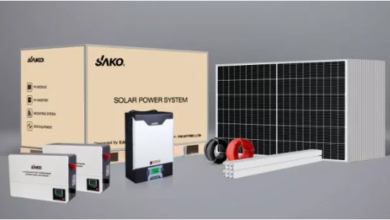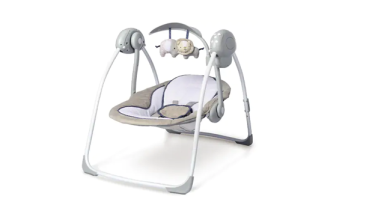World Wide Web Case study – Mitsubishi GDI

Introduction
shows a representation of a full vehicle control system. In principle, it involves one ECU, which is capable of controlling all aspects of the vehicle. shows one way in which a number of ECUs can be linked. In reality, however, rather than one control unit, separate ECUs are used that are able to communicate with each other via a controller area network (CAN).
Advantages of central control
The advantages of central control come under two main headings, inputs and outputs. On the input side, consider all the inputs required to operate each of the following:
- Ignition system.
- Fuel system.
- Transmission system. It will be apparent that there are many common requirements even with just three possible areas of vehicle control. Having one central control system can potentially decrease the complexity.
Bosch Cartronic system
The complexity of combining systems as suggested above is increasing. Bosch has a system involving a hierarchy of vehicle electronics. Improvements in performance, emissions, driver safety and comfort require increased interconnection of various electronic systems.
In the previous section, a simple example highlighted the need for separate electronic systems to communicate with each other. Bosch uses a hierarchical signal structure to solve this problem. shows two ways in which the systems can be linked. The first using conventional wiring and the second using a Controller Area Network (CAN).
shows the difference between the data flow in a stand-alone system and the data flow in a hierarchical system. The Cartronic system works on the principle that each system can only be controlled by a system placed above it in the hierarchy. As an example, the integrated transmission control systems of engine control and gearbox control do not communicate directly but via the hierarchically superior transmission.
If each system is operating in its own right, it is possible that each, to some extent, will not react in the best way with respect to the others. For example, the timing and fuel quantity may be set but then the transmission ECU decides to change down a gear thus increasing engine speed. This, in turn, will require a change in fuel and timing. During the transition stage, a decrease in efficiency and an increase in emissions are likely.
With a single control unit or at least communication between them, the ideal actions could all take place at the most appropriate time. The complexity of the programming, however, requires much-increased computing power. This is particularly apparent if other vehicle systems are considered, such as traction control, ABS, active suspension, and steering.
The downside of using a single ECU to control the entire vehicle is the replacement cost of the unit. At present prices, even a single system ECU can cost a significant amount. Overall though, the cost of vehicle manufacture may be less.
Last word
Full central control has other possible advantages such as allowing the expansion of onboard diagnostics (OBD) to cover the whole vehicle, potentially saving repair time and running costs.




